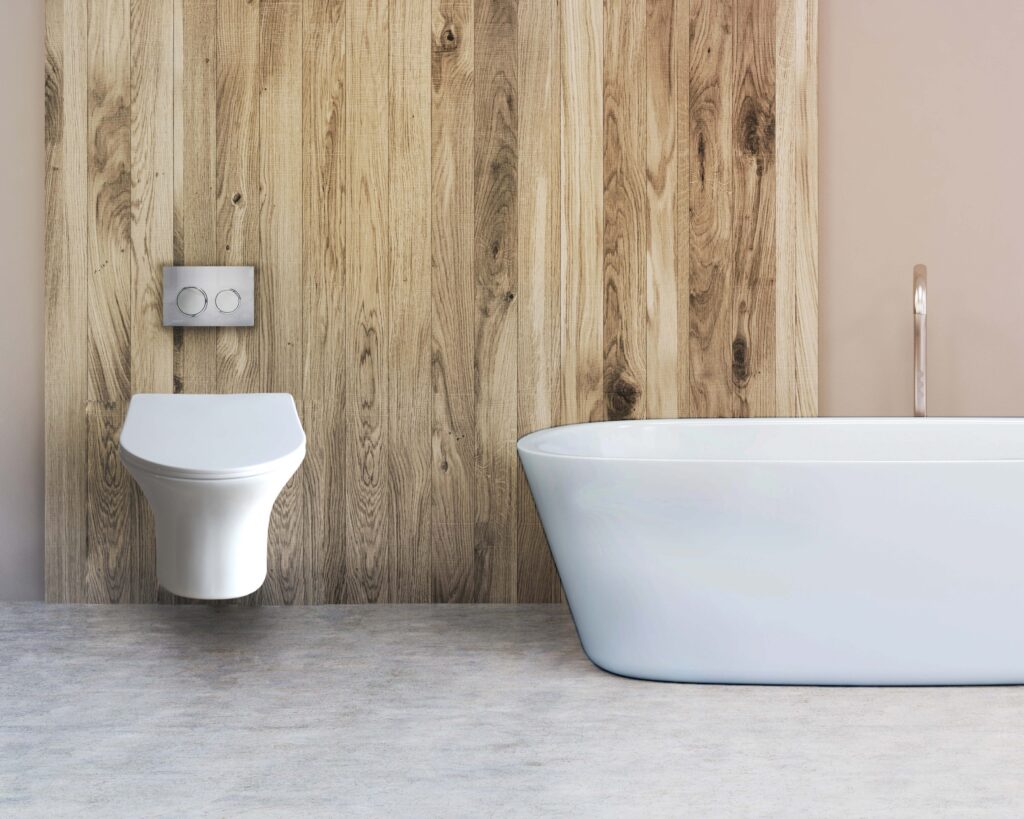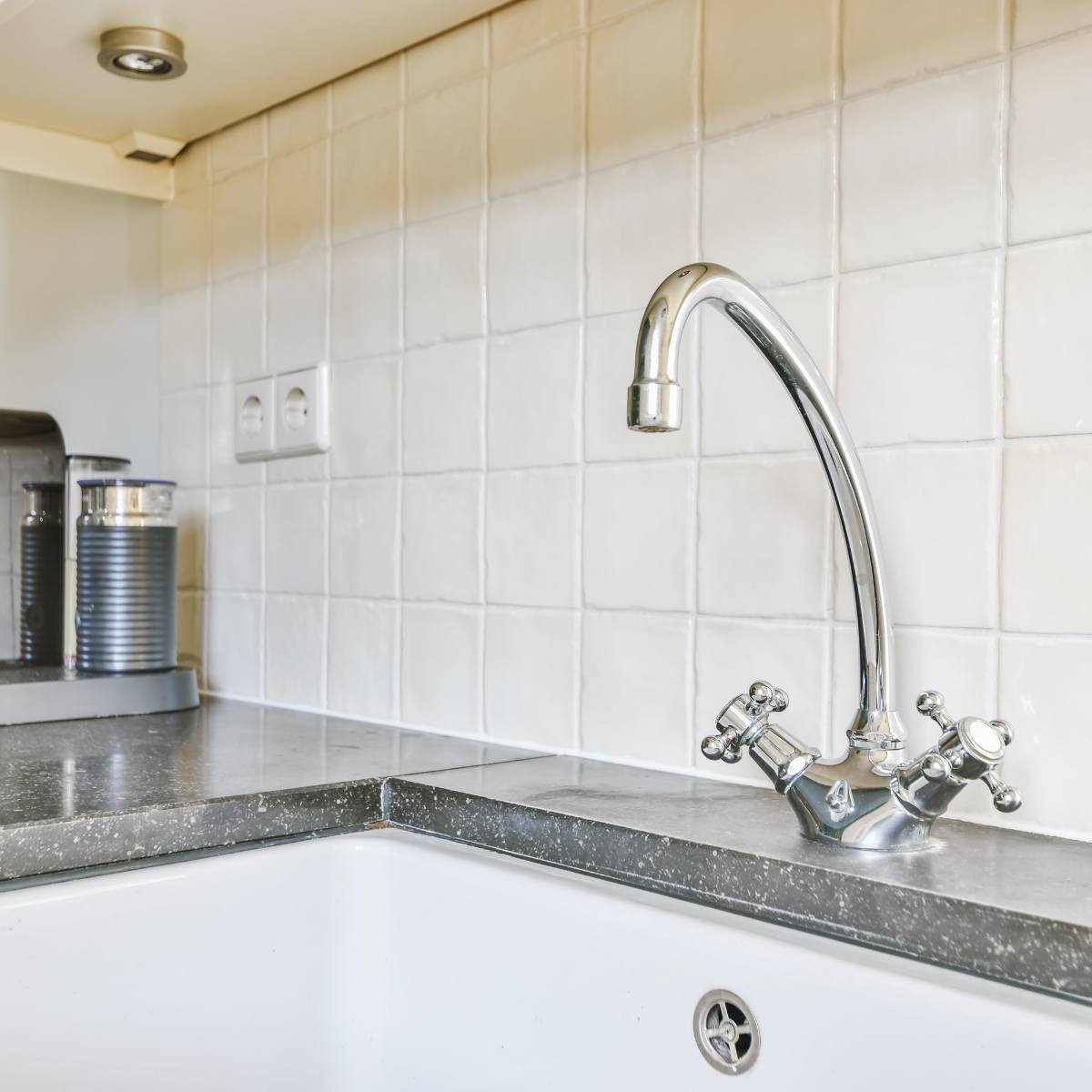We don’t always talk about it, but it’s important!
A toilet flush system may not be the most glamorous part of your home, but it’s undoubtedly one of the most essential. A poorly chosen or outdated flush system can lead to water wastage, frequent plumbing issues, and general frustration.
Whether you’re renovating a bathroom or simply replacing an old toilet, selecting the right flush system is crucial. This guide will walk you through different flush mechanisms, efficiency considerations, installation tips, and how multi-layer piping can optimize your plumbing setup.
Understanding the Different Types of Toilet Flush Systems
When it comes to flush systems, one size does not fit all. Let’s explore the different types available on the market:
1. Gravity-Flush Toilets
The most common and traditional type, gravity-flush toilets use the weight of water to generate flushing pressure. This mechanism is reliable and low-maintenance but may not be the most water-efficient option.
2. Pressure-Assisted Toilets
These toilets use compressed air to push water into the bowl with greater force, resulting in a more powerful flush. They are ideal for high-traffic bathrooms but can be noisier and require more maintenance.
3. Dual-Flush Toilets
As water conservation becomes a global priority, dual-flush toilets have gained popularity. They offer two flush options—one for liquid waste (low water usage) and one for solid waste (higher water usage). This system can significantly reduce water bills and is an excellent eco-friendly choice.
4. Double-Cyclone and Tornado Flush Systems
Some manufacturers have introduced systems that use dual nozzles or a cyclone-like effect for a powerful, efficient flush. These are great for maintaining a clean bowl while using less water.
Factors to Consider When Choosing a Toilet Flush System
Choosing the right flush system and toilet flush valve isn’t just about picking the most advanced model; it also involves considering factors such as efficiency, installation, maintenance and price.
1. Water Efficiency and Sustainability
Water-saving toilets are not only beneficial for the environment but also for your wallet. Look for models with a certification, which ensures they meet efficiency standards. Dual-flush and vacuum-assisted toilets are some of the best options in this regard.
2. Compatibility with Your Home’s Plumbing System
Not all toilets are compatible with existing plumbing systems. If you’re planning a bathroom renovation, ensure your chosen flush system integrates well with your home’s pipe fittings and multi-layer piping system, available at Sunridge Africa.
3. Ease of Maintenance
Some advanced systems, while efficient, require frequent maintenance. Pressure-assisted and sensor-operated toilets might need occasional servicing, while traditional gravity-flush toilets tend to be more durable with fewer moving parts.
4. Cost and Long-Term Value
The initial price of a toilet is just one part of the equation. Factor in installation costs, water savings, and potential repair expenses. A slightly pricier dual-flush or vacuum-assisted toilet can save you money in the long run.
5. Noise Level
If you have light sleepers in your home, avoid pressure-assisted toilets, which tend to be louder. Instead, opt for gravity-flush or double-cyclone models, which operate more quietly.
6. Aesthetics and Design
Yes, even toilets can be stylish! Modern flush systems come in sleek designs that complement contemporary bathrooms. Look for concealed cisterns or wall-mounted flush panels for a minimalist aesthetic.
Installation and Plumbing Considerations
Installing a new toilet flush system isn’t just about swapping out the old for the new.
Here are some key installation tips to keep in mind:
- Check Your Water Pressure: Some systems, like pressure-assisted toilets, require higher water pressure to function correctly.
- Upgrade Your Piping: If your home has outdated pipes, consider upgrading to multi-layer piping, which enhances durability and reduces the chances of leaks. Find some of the best solutions at Sunridge Africa.
- Hire a Professional: While DIY toilet installation is possible, hiring a certified plumber ensures proper sealing, alignment, and long-term performance.
- Test Before Finalizing: Once installed, flush multiple times to check for leaks, efficiency, and any potential problems.
Common Flush System Problems and Solutions
Even the best toilets can run into problems. Here are some common flush system problems and how to fix them:
1. Weak or Incomplete Flush
- Possible Cause: Clogged rim holes, low water pressure, or a worn-out flapper.
- Solution: Clean the rim holes, check the water supply, and replace faulty parts.
2. Constantly Running Toilet
- Possible Cause: A damaged diaphragm or faulty fill valve.
- Solution: Replace the diaphragm or adjust/replace the fill valve.
3. Noisy Flush
- Possible Cause: Water hammer (pipe noise) or pressure-assisted mechanism.
- Solution: Install a water hammer arrestor or choose a quieter flush system.
4. Leaking Base
- Possible Cause: Faulty wax ring or improper installation.
- Solution: Replace the wax ring and ensure the toilet is seated correctly.
Choose wisely for the correct solution
Choosing the right toilet flush system is a combination of efficiency, functionality, and long-term value. Whether you opt for a simple gravity-flush model or a high-tech sensor-operated system, making an informed choice will save you time, money, and frustration. Remember to consider your plumbing setup—investing in multi-layer piping and high-quality pipe fittings from Sunridge Africa can enhance performance and longevity.
A well-selected toilet flush system isn’t just about convenience; it’s about smarter water use, fewer plumbing issues, and a more comfortable home. Choose wisely—your future self will thank you!



